This was written in the summer of 2000 for a coffee-table book edited by Geoff Andrew that was published the following year, Film: The Critics’ Choice (New York: Billboard Books). — J.R.
Set in a small provincial town in Poland the day after the country’s liberation in the spring of 1945, Ashes and Diamonds, Andrzej Wajda’s third film, may still be the most influential of his career. Yet, curiously, its impact both today and some 40 years ago seems predicated in part on the slightly anachronistic effect produced by superimposing the mid-fifties over the mid-forties — specifically, existential angst laid over a gloomy sense of exhaustion at the end of the war.
Above all, the black-leather-jacketed figure of Zbigniew Cybulski as Maciek, an uncertain resistance assassin — clearly derived from the Marlon Brando of The Wild One (1954) even more than the Brando of On the Waterfront from the same year, or the James Dean of East of Eden, and Rebel Without a Cause from the following year — reinvented postwar Poland in hipster terms. And the resulting image of the actor (who died prematurely in a railroad accident less than a decade later) was fixed in the popular imagination for good.
Read more
From the March 17, 1989 Chicago Reader. At least in memory, The Adventures of Baron Munchausen continues to remind me of Italo Calvino’s Cosmicomics. — J.R.
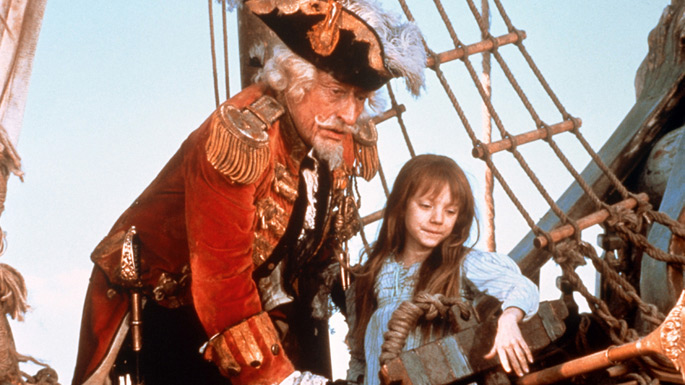
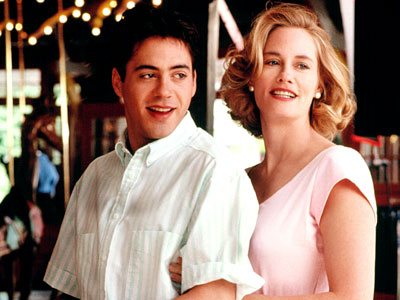
THE ADVENTURES OF BARON MUNCHAUSEN
*** (A must-see)
Directed by Terry Gilliam
Written by Charles McKeown and Gilliam
With John Neville, Eric Idle, Sarah Polley, Robin Williams, Oliver Reed, Uma Thurman, Jonathan Pryce, Winston Dennis, and Valentina Cortese.
CHANCES ARE
** (Worth seeing)
Directed by Emile Ardolino
Written by Perry Howze and Randy Howze
With Cybill Shepherd, Robert Downey Jr., Ryan O’Neal, Mary Stuart Masterson, and Christopher McDonald.
I can no longer recall whether any of Rudolf Erich Raspe’s late-18th-century best-seller The Adventures of Baron Munchhausen was read to me as a child. But there’s no question that these tall tales of comic extravagance — based on stories told by one Karl Friedrich Hieronymous (the Baron von Munchhausen) to his German poker buddies during the same period — have held a special place in children’s literature ever since. Reportedly about a dozen and a half film versions of the stories precede Terry Gilliam’s current entry, although I presume that most of these are silent and/or European, because I can find only one listed in Leonard Maltin’s extensive TV Movies (The Fabulous Baron Munchausen by Karel Zeman). Read more
Claude Chabrol died at the age of eighty, and I’d like to celebrate his work by focusing on what I regard as probably the greatest and most masterful of his later films, made in 1995 but released in the U.S. two years later. This review, which was later used on the film’s American DVD, ran in the Chicago Reader on February 14, 1997; it’s reprinted in my collection Essential Cinema, my most popular book on Amazon. — J.R.
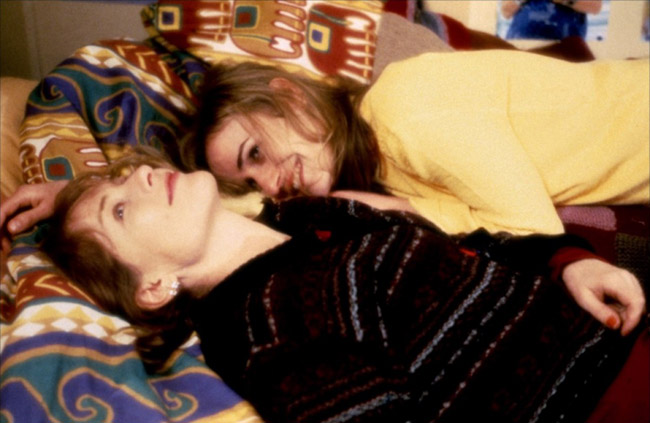
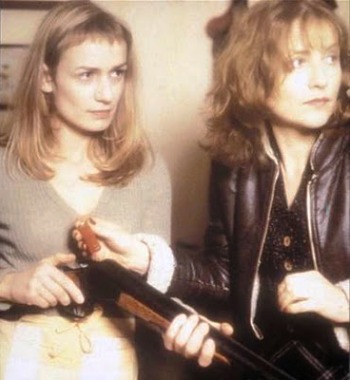
The Ceremony
Rating **** Masterpiece
Directed by Claude Chabrol
Written by Chabrol and Caroline Eliacheff
With Sandrine Bonnaire, Isabelle Huppert, Jacqueline Bisset, Jean-Pierre Cassel, Virginie Ledoyen, and Valentin Merlet.
It’s odd that Claude Chabrol is the most neglected filmmaker of the French New Wave today, at least in this country, because he started out as the most commercial and has turned out to be the most prolific, with the possible exception of Jean-Luc Godard. I’ve seen 33 of his 46 features, but nothing in over a quarter of a century that’s quite as good as La cérémonie, an adaptation of Ruth Rendell’s novel A Judgement in Stone.
Born in 1930, about six months ahead of Godard, Chabrol came from a family of pharmacists (as did Jacques Rivette). Read more
From the Winter, 1995 issue of Cineaste. — J.R.
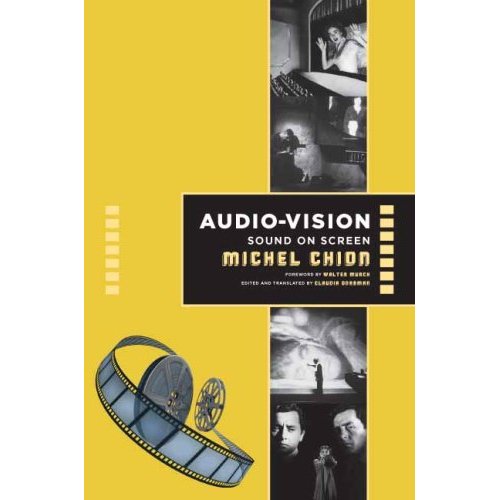
Audio-Vision: Sound on Screen
by Michel Chion. Translated and edited by Claudia Gorbman; Introduction by Walter Murch. New York: Columbia University Press, 1994, 239 pp., illus., Hardcover: $93.00; Paperback: $23.85.
Eighteen years ago, during my first quarter of film teaching, I terminally alienated some of my students in a lecture course on film esthetics with the following lesson in materialism. First I showed them Buñuel and Dali’s silent Un chien andalou several times, each time with a radically different musical accompaniment. Then I asked them on a quiz whether the statement, “The use of different kinds of music to accompany a silent film changes the film profoundly,” was true or false. Afterwards I explained to them that such a statement could only be false because the film remained the same regardless of whatever music accompanied it; the music changed only the way we looked at and ‘read’ the film, not the film itself.
I’m not recommending this as a teaching method, especially if one wants one’s contract renewed (mine wasn’t), but I’m bringing it up to illustrate the degree to which a certain amount of mystification about the relationship between image and sound is firmly entrenched in the way we think about film. Read more





